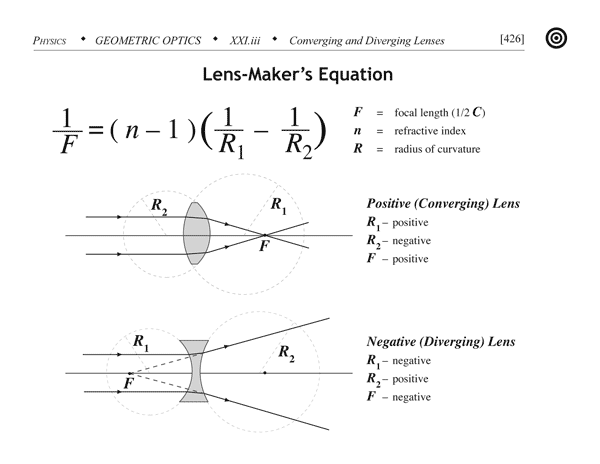

Compare: Co - cobalt and CO - carbon monoxideA formula editor is a name for a computer program that is used to typeset mathematical works or formulae. Examples: Fe, Au, Co, Br, C, O, N, F. The answer will appear below Always use the upper case for the first character in the element name and the lower case for the second character. R2 is the radius of curvature of Instructions on balancing chemical equations: Enter an equation of a chemical reaction and click Balance. R1 is the radius of curvature of sphere 1.
The equation of a line is typically written as ymx+b where m is the slope and b is the y-intercept. Find the Equation of a Line Given That You Know a Point on the Line And Its Slope. The lentil plant also gives its name to a geometric figure.
Pliny the Elder (1st century) confirms that burning-glasses were known in the Roman period. The oldest certain reference to the use of lenses is from Aristophanes' play The Clouds (424 BC) mentioning a burning-glass. Others have suggested that certain Egyptian hieroglyphs depict "simple glass meniscal lenses". The so-called Nimrud lens is a rock crystal artifact dated to the 7th century BC which may or may not have been used as a magnifying glass, or a burning glass. This is useful for displaying complex formulas on your web page.Some scholars argue that the archeological evidence indicates that there was widespread use of lenses in antiquity, spanning several millennia. You can also generate an image of a mathematical formula using the TeX language.
Between the 11th and 13th century " reading stones" were invented. The Arabic translation of Ptolemy's Optics became available in Latin translation in the 12th century ( Eugenius of Palermo 1154). Both Pliny and Seneca the Younger (3 BC–65 AD) described the magnifying effect of a glass globe filled with water.Ptolemy (2nd century) wrote a book on Optics, which however survives only in the Latin translation of an incomplete and very poor Arabic translation.The book was, however, received by medieval scholars in the Islamic world, and commented upon by Ibn Sahl (10th century), who was in turn improved upon by Alhazen ( Book of Optics, 11th century).
This section needs expansion with: history after 1758. The practical development and experimentation with lenses led to the invention of the compound optical microscope around 1595, and the refracting telescope in 1608, both of which appeared in the spectacle-making centres in the Netherlands. Spectacle makers created improved types of lenses for the correction of vision based more on empirical knowledge gained from observing the effects of the lenses (probably without the knowledge of the rudimentary optical theory of the day). This was the start of the optical industry of grinding and polishing lenses for spectacles, first in Venice and Florence in the late 13th century, and later in the spectacle-making centres in both the Netherlands and Germany. Spectacles were invented as an improvement of the "reading stones" of the high medieval period in Northern Italy in the second half of the 13th century. The medieval (11th or 12th century) rock crystal Visby lenses may or may not have been intended for use as burning glasses.

A lens is biconvex (or double convex, or just convex) if both surfaces are convex. An example is eyeglass lenses that are used to correct astigmatism in someone's eye.Lenses are classified by the curvature of the two optical surfaces. This forms an astigmatic lens. They have a different focal power in different meridians.

Equation Maker Full Hemisphere And
An extended hemispherical lens is a special type of plano-convex lens, in which the lens's curved surface is a full hemisphere and the lens is much thicker than the radius of curvature.The position of the focus of a spherical lens depends on the radii of curvature of the two facets.The focal length of a lens in air can be calculated from the lensmaker's equation: 1 f = ( n − 1 ) . For a thin lens in air, the distance from the lens to the spot is the focal length of the lens, which is commonly represented by f in diagrams and equations. In this case, the lens is called a positive or converging lens.
Unlike real images, a virtual image cannot be projected on a screen, but appears to an observer looking through the lens as if it were a real object at the location of that virtual image. Since the diverging light rays emanating from the lens never come into focus, and those rays are not physically present at the point where they appear to form an image, this is called a virtual image. Put another way, modifying S 2 causes objects at a different S 1 to come into perfect focus.In some cases S 2 is negative, indicating that the image is formed on the opposite side of the lens from where those rays are being considered. The focusing adjustment of a camera adjusts S 2, as using an image distance different from that required by this formula produces a defocused (fuzzy) image for an object at a distance of S 1 from the camera. This is the principle of the camera, and of the human eye.


 0 kommentar(er)
0 kommentar(er)
